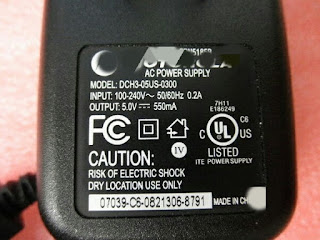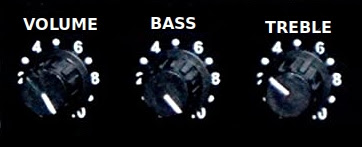MOBILE NETWORK BASICS
Cellular Network Basics:
- There are any types of cellular services, before developing into details focus on basics ( helps navigate the "acronym soup")
- Cellular network is radio based technology, radio waves are electromagnetic waves that antenna propagate.
- Most of signals are in the range of 850 MHz, 900 MHz,1800 MHz and 1900MHz frequency band.
 |
| Cell phone operating frequency range |
Cellular Network:
- Base stations transmit to and receive from mobiles at the assigned spectrum ( Multiple base stations use the same spectrum).
- The service area of each base stations is called a cell.
- Each mobile terminal is typically served by the closest base stations.
- Handoff when terminal move.
Cellular Network Generations:
- It is useful to think of cellular telephony in terms of generation
- 1G : Analog cellular telephony.
- 2G : Digital cellular telephony.
- 3G : High speed digital cellular telephony.
- 4G : IP based " anytime any where " voice data and multimedia telephony at faster data rate than 3G ( currently 4G is being used )
 |
| Generation of cellular network |
GSM(Global System for Mobile):
- Concurrent development in USA and Europe in the year of 1980.
- The European system was called GSM deployed in the year of 1990.
- In GSM technology the voice frequency range 3.1 KHz.
- SMS (Short Message Service) was introduced first, by GSM technology.
- GSM mainly provides IP based general packet radio service (GPRS) where data transmission rate up to 114 kbps.
- GPRS provides " always on" internet access and MMS (Multimedia messaging Service).
Subscriber Identity Module (SIM):
Base Station Subsystem(BSS):
 |
| BSS with channel |
Base Station Controller(BSC):
- Controls the channel (time slot) allocation implemented by the BTSes.
- Manage the handovers within BSS area.
Base Transceiver System :
- Controls several transmitters
- Each transmitter has 8 time slots, some used for signaling, on a specific frequency.
Mobile Switching Center (MSC):
 |
| Overview of MSC |
- An typical telephony exchange (ISDN excchabge ) which supports mobile communications
- Visitor Location Register(VLR)
- Contains the location of the active Mobile Stations.
Home Location Register(HLR):
- Contains the subscriber identification information authentication information in Authentication Center(AuC).
 |
| Home Location Register |
Equipment Identity Register(EIR):
International mobile station Equipment Identity (IMEI) codes used for trace the stolen phones.
Roaming:
When a mobile station enters another operators network, it can be allow to use the service of the particular network.
- Operator to Operator agreement and contracts.
- Sometimes it may be higher billing.
 |
| Roaming |
3G Overview:
- 3G is created by Telecommunication Standardization Sector of the International Telecommunications Union (ITU -T).
- Audio and Video can be transferred through 3G network.
3.5 G:
- High speed packet access(HSPA) is improved the performance of 3.5G
3.5 G Features :
- Adaptive Modulation and Coding Schemes
- Very fast scheduling
- Enhanced air interface
4G(LTE):
- LTE stands for Long-Term Evolution
- LTE is the next generation mobile broadband technology
- Data rate nearly equals to 100 Mbps
- Optimize for AII-IP traffic
- Based on UMTS 3G technology
Advantages of LTE:
- High network throughput
- Low latency
- Plug and Play architecture
- Faster download / upload data
- Increase the response for application
- Multi input, multi output facility






Thanks for explaining each and everything about mobile network basics
ReplyDeletemobile signal booster delhi
Hey Nice Blog!! Thanks For Sharing!!!Wonderful blog & good post.Its really helpful for me, waiting for a more new post. Keep Blogging!
ReplyDeletewill help you more:
There is a lot of information related to science related to our site. Please visit our site to find known and unknown information about science:
ЧТО ЖДЕТ СИСТЕМУ ОБРАЗОВАНИЯ В 2020 ГОДУ?